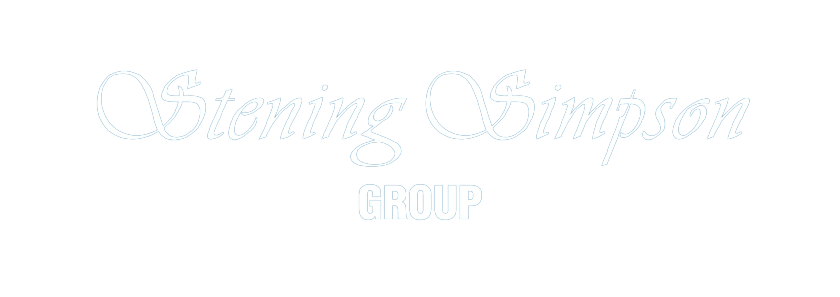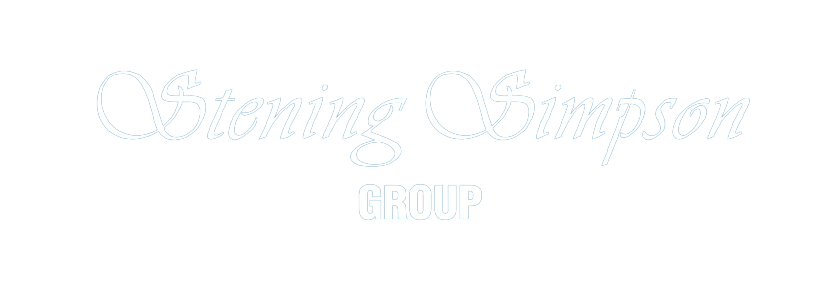
No place to hide for global investors after days of government-shaking protests in Israel and France, the war in Ukraine and the most acrimonious U.S.-China relationship since the reign of Mao Zedong and the prospect of a U.S. government debt default this year that could rock financial markets.
Investors and companies are facing the most complex global landscape in decades, as political conditions once regarded as enduring give way to profound and unpredictable change.
Events of the past week underscore the turbulence.
In Israel, Prime Minister Benjamin Netanyahu warned of “civil war” as he agreed to pause a proposed judicial overhaul that opposition leaders said would transform the country into a dictatorship. The war in Ukraine took an ominous turn with Russian President Vladimir Putin announcing plans to move tactical nuclear weapons to neighbouring Belarus. And a Chinese Embassy official in Washington warned of “serious confrontation in the U.S.-China relationship” if Taiwan’s president makes a planned visit to the United States.
In response to proliferating risks, companies are shortening and diversifying their supply chains, while investors navigate the most volatile bond market conditions since 2009. Some companies are tapping former diplomats and intelligence analysts for help understanding what is happening.
After decades of relative geopolitical calm, the Russia-Ukraine war coupled with deteriorating relations between the world’s two largest economies is shaking corporate assumptions about where and how to make money. At the same time, some major industries are being remade by the transition to renewable energy, as a global scramble for scarce minerals such as lithium and cobalt gets underway.
“You really need to wonder whether this is that once every 75 years, or every 100 years, time when the world fundamentally changes,” said Douglas Rediker, a partner at International Capital Strategies, which advises institutional investors.
Three years after a previously unknown virus upended the global economy, stresses within and between nations threaten to reshape established trade and investment flows.
Russia’s February 2022 invasion of Ukraine, which Federal Reserve Chair Jerome H. Powell labeled an economic “game changer,” accelerated the transition to this new era.
Michael Morell, a senior counselor at Beacon Global Strategies, said the war alerted many executives to an array of risks they had overlooked such as the danger of a Chinese attempt to capture Taiwan, the self-governing island it claims as its own, or an Israeli attack on Iran’s nuclear weapons program.
In recent meetings, clients also have asked about the situation in Mexico, where President Andrés Manuel López Obrador seeks to weaken the country’s independent election authority, a move critics say would undermine democracy. The United States also is locked in a trade dispute with Mexico over López Obrador’s efforts to roll back the opening of the Mexican energy sector to foreign companies.
“My job is to talk to boards and leadership teams,” said Morell, former acting director of the Central Intelligence Agency. “Prior to the Russian invasion, I was doing that once every two months. Post the Russian invasion of Ukraine, I’m doing it twice a week.”
Some political or foreign policy developments have only a passing impact upon markets and economies. France has been roiled for weeks by protests over President Emmanuel Macron’s decision to force through Parliament an increase in the retirement age. The strikes and demonstrations, which have disrupted air and train travel, are set to resume on Wednesday. Yet the French stock market is up 11 percent this year.
Broader trends — such as a breakdown in cooperation among the major powers — are likely to be more consequential, according to an analysis by BlackRock, the world’s largest asset manager. Its latest review says geopolitics will have “direct and long-lasting effects” for markets.
Risks are growing around the world even as the cost of bearing them is rising. The Federal Reserve raised its benchmark lending cost to 5 percent from near zero over the past year, forcing borrowers to choose carefully between the gambles they can afford and those they cannot.
“People can measure risk, but what they can’t measure is uncertainty,” said Afsaneh Beschloss, chief executive of RockCreek, a Washington-based investment firm. “As the cost of capital goes up, you take risk more seriously.”
Netanyahu’s proposal to allow a majority of the Israeli parliament to overturn decisions of the country’s Supreme Court sparked outrage from Israel’s influential high-tech community. Before the Israeli leader agreed to pause the measure for consultations with opposition figures, the Israeli shekel fell nearly 10 percent against the dollar.
Israel’s $500 billion gross domestic product makes it a modest global player. But it is an important center for software companies and other high-tech ventures. Some technology executives moved money out of the country and spoke of moving their companies, too, fearing that the proposed change in the country’s governing structure would chase away talent and capital.
The U.S., meanwhile, is careening toward a potential default on the national debt. House Republicans say they will not vote to raise the debt ceiling, a routine step needed to pay the government’s bills, without spending concessions from President Biden, which the White House has ruled out.
A similar fight in 2011 led the credit-rating agency S&P to lower its grade on U.S. creditworthiness, which permanently increased the cost of borrowing for the federal government, businesses and homeowners, according to Richard Bernstein of the Wall Street firm that bears his name.
Most financial assets are priced in comparison to U.S. treasuries, which are generally regarded as risk free. So a default would create massive uncertainty about all stock and bond prices, as investors tried to assess its meaning, and spread turmoil through the U.S. and global economies.
“This is a really big deal for the U.S., the cost of capital,” Bernstein said. “People think of 2011 as a nonevent. But the markets aren’t that stupid.”
Major global shifts have been brewing for several years. In 2016, voters in the United Kingdom approved a proposal to quit the European Union after nearly a half-century of membership.
Two years later, President Donald Trump imposed tariffs on products from China and other nations, marking the end of several decades of gradual liberalization of global trade.
To varying degrees, governments in the United States, Europe and China are all now emphasizing a greater economic role for the state. That means encouraging — and discouraging — specific commercial activities.
In the United States, President Biden is subsidizing domestic semiconductor production, deploying generous tax incentives for green energy development and helming a $1 trillion infrastructure push. On Friday, the Treasury Department issued new eligibility rules for electric vehicle tax credits, designed to lead automakers to shift their supply chains out of China and back to the United States.
At the same time, the administration is limiting the flow of goods, services and cash between the United States and China.
In October, the Commerce Department prohibited the most advanced U.S. computer chips and chip-making equipment from being sold to China, and it is considering restrictions on U.S. investments in Chinese technology development. Biden officials also are pushing for the Chinese owners of the social media app TikTok to sell to a non-Chinese buyer while lawmakers in both parties promote legislation that would give the president authority to ban it outright.
“We’re in a very difficult environment for multinational corporations, and look, I think we’re in a very difficult environment for companies that are based outside the United States to invest in the United States. The United States is also thinking of putting more restrictions on,” Gary Cohn, IBM’s vice chairman, told Washington Post Live this week.
Chances of a wider split between the United States and China are weighing on the global outlook, according to Kristalina Georgieva, managing director of the International Monetary Fund. Global growth is expected to slow this year to an annual rate of 2.9 percent, down from 3.4 percent in 2022, and show little improvement next year.
A widening divide between the United States and China “could mean a world split into rival economic blocs — a dangerous division that would leave everyone poorer and less secure,” she told a conference in Beijing last week.
The war in Ukraine, meanwhile, has reshaped the global trade in energy and food. Russia is a major producer of oil, gas and fertilizer, while Ukraine is Europe’s breadbasket.
The U.S. and European sanctions imposed on Russia following its attack largely cost Putin his oil and gas business in Europe. Russia has been compelled to reroute its natural gas exports to China instead, with planned sales this year expected to hit 22 billion cubic meters, twice the prewar figure, according to S&P Global.
But that represents a small fraction of the annual 155 billion cubic meters in lost European sales. Further expanding exports to China requires construction of a more than 4,000-mile pipeline via Mongolia, which Moscow and Beijing have not yet agreed upon.
Josep Borrell, the European Union’s foreign policy chief, warned European ambassadors in an October speech that an era of “radical uncertainty” had been unleashed by the conflict in Ukraine.
The E.U. economy had been based on inexpensive Russian gas and exports to a vast Chinese market for decades. Both sides of that equation have been overtaken by geopolitics.
“The speed and scope of change is exceptional,” Borrell said. “… Events that one could imagine that they will never happen, they are happening one after the other.”

